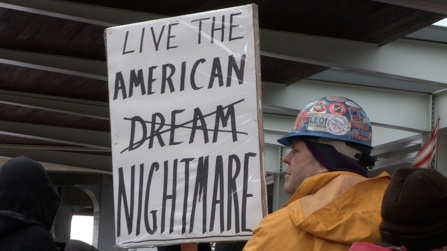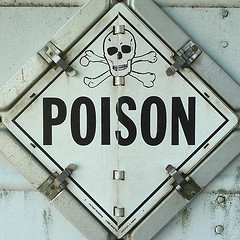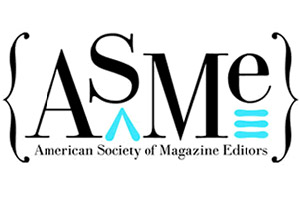"As Employers Push Efficiency, the Daily Grind Wears Down Workers"

While employers reap record profits from high productivity, the American worker is surveilled, underpaid, overworked, exhausted, demoralized, and disrespected:
WESTFIELD, Mass. — The envelope factory where Lisa Weber works is hot and noisy. A fan she brought from home helps her keep cool as she maneuvers around whirring equipment to make her quota: 750 envelopes an hour, up from 500 a few years ago.
There’s no resting: Between the video cameras and the constant threat of layoffs, Weber knows she must always be on her toes.
The drudgery of work at National Envelope Co. used to be relieved by small perks — an annual picnic, free hams and turkeys over the holidays — but those have long since been eliminated.
“It’s harder for me to want to get up and go to work than it used to be,” said Weber, 47, who started at the factory at 19. “It’s not something I would wish on anybody. I’m worn out. I get home and I can barely stand up.”
The relentless drive for efficiency at U.S. companies has created a new harshness in the workplace. In their zeal to make sure that not a minute of time is wasted, companies are imposing rigorous performance quotas, forcing many people to put in extra hours, paid or not. Video cameras and software keep tabs on worker performance, tracking their computer keystrokes and the time spent on each customer service call. [LA Times]
Semuels describes a two-tiered system where skilled workers can still command decent wages and a modicum of job security, but unskilled workers have become a disposable commodity in the eyes of employers. The labor market is so weak, bosses figure that if anyone complains about long hours or low pay, there are plenty of others who’d be happy to take the job.
Semuels frames deteriorating working conditions as an issue of “global competitiveness,” she suggests that employers are forced to cut back because they face stiff competition from overseas. Increased competition from overseas and the temptations of outsourcing are part of the story, but declining union density also has a lot to do with the diminished fortunes of the American worker.
[Photo credit: ElitePete, Creative Commons.]








